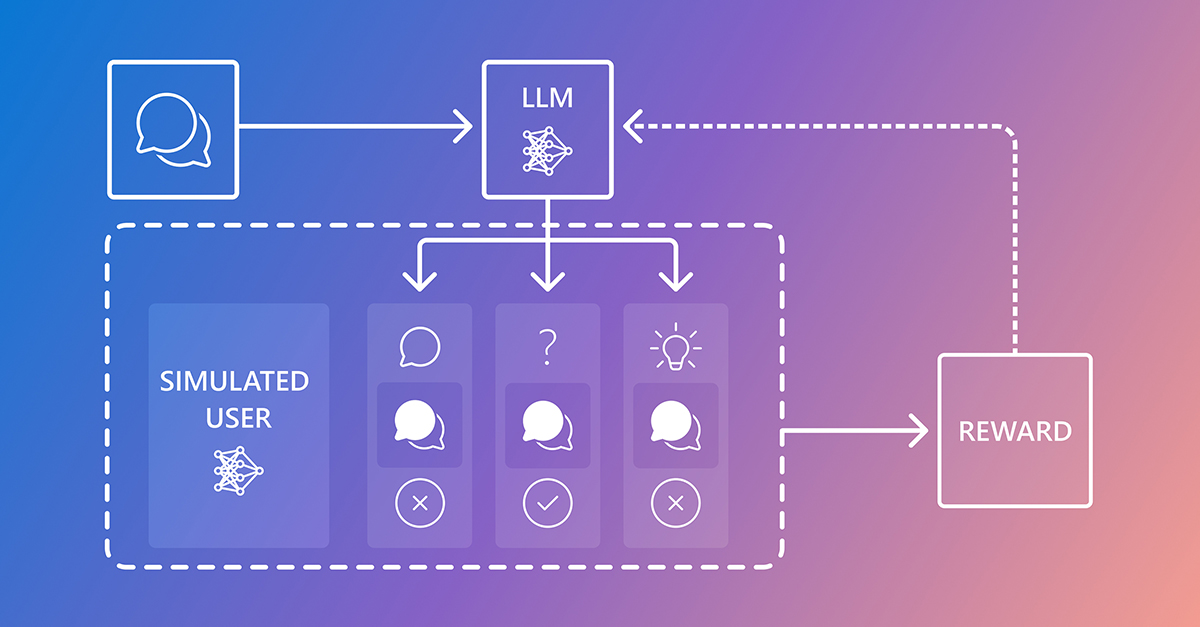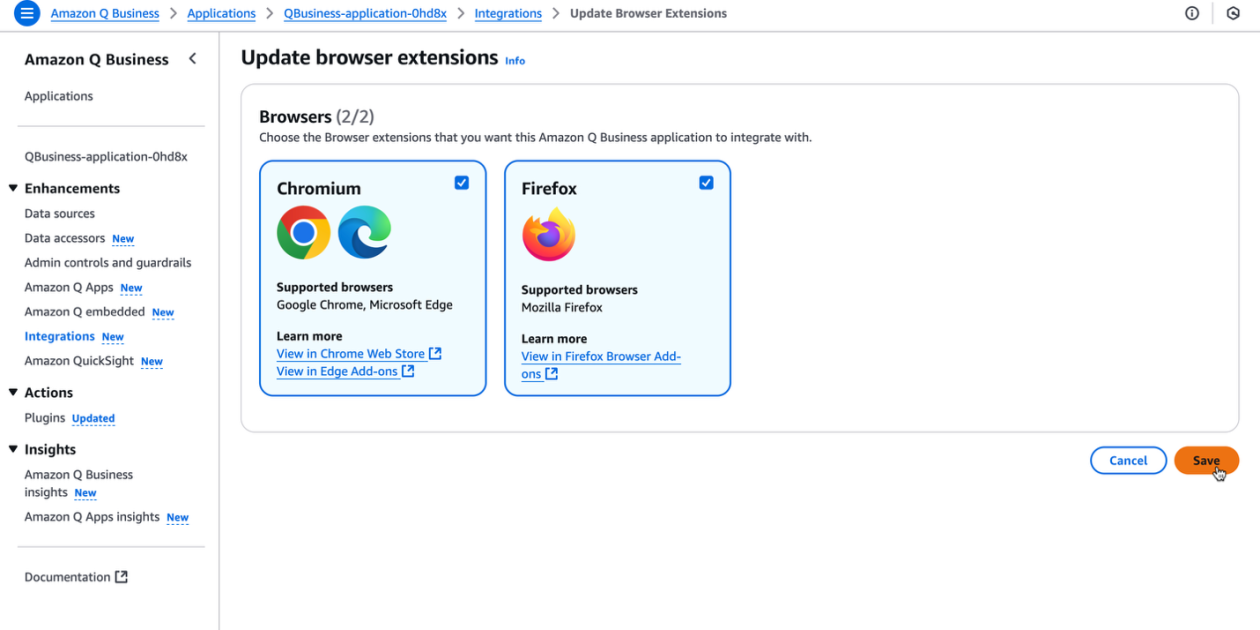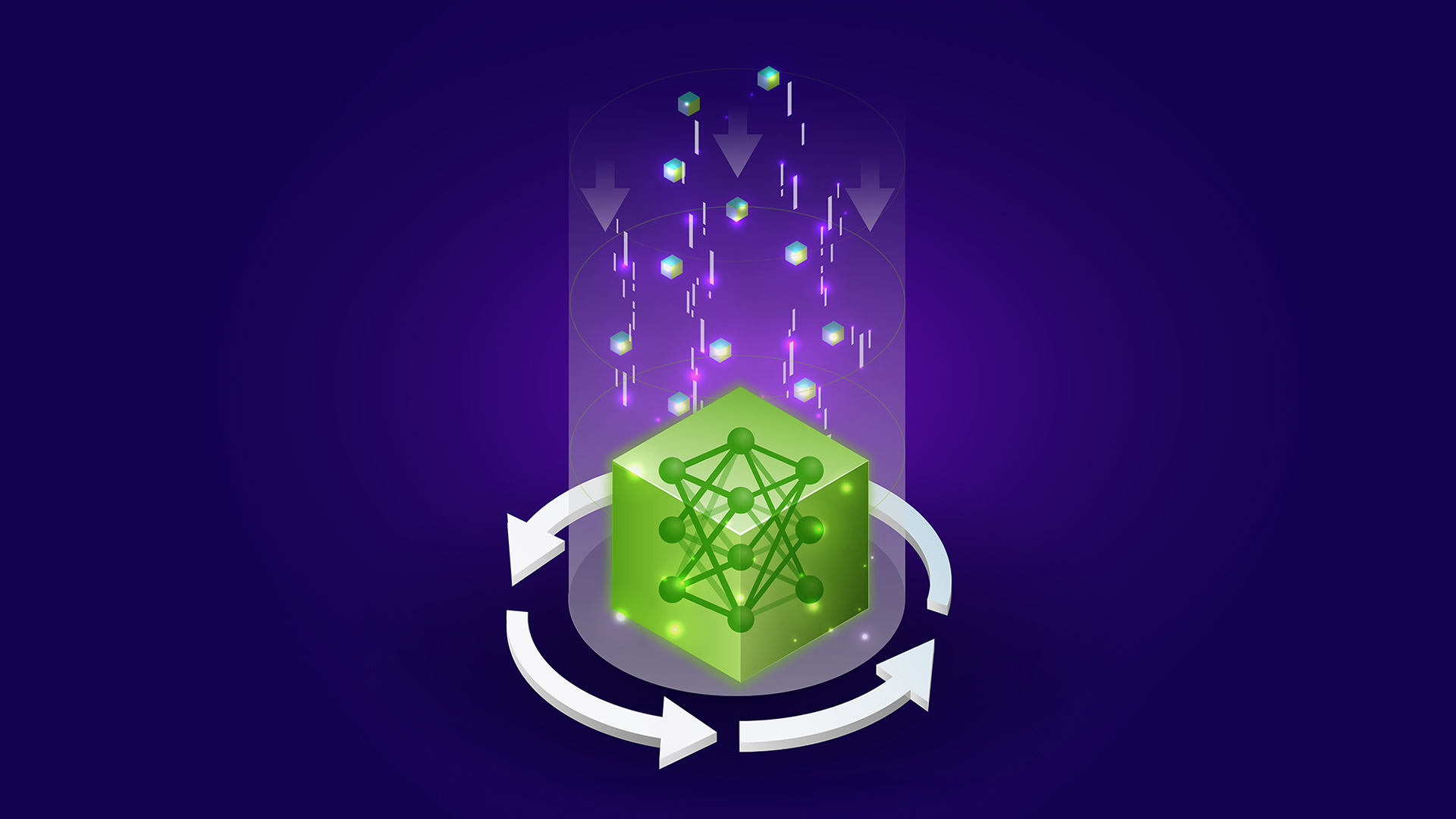
CollabLLM: Teaching LLMs to Collaborate with Users (ICML 2025 Outstanding Paper Award)
Sources: https://www.microsoft.com/en-us/research/blog/collabllm-teaching-llms-to-collaborate-with-users, microsoft.com
TL;DR
- CollabLLM aims to teach LLMs to collaborate more effectively with users by aligning their behavior to user needs.
- A key capability is knowing when to ask clarifying questions to resolve ambiguity.
- It also adapts tone and communication style to suit different situations and user contexts.
- The approach has been recognized with an ICML 2025 Outstanding Paper Award.
- The Microsoft Research blog frames CollabLLM within the broader theme of Semantic Telemetry: Understanding how users interact with AI systems.
Context and background
CollabLLM is presented within a Microsoft Research discussion that centers on how users interact with AI systems and how those interactions can guide the development of better collaborative models. In the March 10, 2025 post on the Microsoft Research blog, the work is highlighted as part of ongoing efforts to understand and improve human–AI collaboration. The article positions CollabLLM as a concrete example of how LLMs can evolve to be more responsive to human needs by incorporating behavioral cues from user engagement. For context, the post sits under a broader framing titled Semantic Telemetry: Understanding how users interact with AI systems, which emphasizes translating user signals into improvements in AI collaboration. See the original Microsoft Research post for the primary articulation of these ideas blog da Microsoft Research.
What’s new
The core contribution of CollabLLM, as described in the post, is twofold: first, an increased ability for LLMs to recognize when a clarification from the user is needed, and second, an explicit capability to adjust the tone and communication style to fit the user’s situation. This combination is framed as a step toward more natural and effective human–AI interactions. The method has been recognized by the community with an ICML 2025 Outstanding Paper Award, underscoring the significance of refining collaborative behavior in LLMs. The discussion situates these advancements within the broader thread of semantic telemetry and user interaction modeling. The original post is available through the Microsoft Research blog.
Why it matters (impact for developers/enterprises)
For developers and enterprises, CollabLLM represents a path to AI systems that feel more responsive and trustworthy to users. A model that knows when to ask questions can reduce misinterpretations and improve task accuracy, while adaptive tone can make interactions more approachable and effective in varied contexts. Framed within Semantic Telemetry, these capabilities suggest that capturing and interpreting user signals can drive practical improvements in collaboration, user satisfaction, and adoption of AI tools. The ICML-winning nature of the work highlights its potential influence on future research and product design. See the source discussion for more context on how such telemetry-informed approaches translate into collaboration improvements blog da Microsoft Research.
Technical details or Implementation
The blog post outlines a high-level approach to teaching collaboration in LLMs, focusing on behavioral cues and communication adaptability rather than presenting vendor-specific implementation details. It emphasizes two capabilities: (1) asking clarifying questions when user intent is ambiguous, and (2) adjusting tone and communication style according to the user and situation. While the post frames these ideas within a broader research agenda onSemantic Telemetry, it does not disclose step-by-step instructions or code-level specifics in this piece. The emphasis is on the concept and its potential impact for making AI systems more user-centric and trustworthy.
| Feature | Description |
|---|---|
| Clarifying questions | LLMs identify when user intent is unclear and seek clarifications to reduce ambiguity |
| Adaptive tone | LLMs adjust language style to suit context, audience, and task |
| User-centric focus | Prioritizes aligning AI behavior with human needs to improve trust and usability |
Key takeaways
- CollabLLM represents a shift toward collaborative AI that actively engages users to refine understanding.
- The approach highlights the importance of asking questions at appropriate moments to avoid misinterpretation.
- Adapting tone and communication style is presented as a practical lever for better user experience.
- The work has been recognized with an ICML 2025 Outstanding Paper Award, underscoring its impact in the field.
- The discussion sits within the broader frame of Semantic Telemetry, which connects user interactions to improvements in AI systems.
FAQ
-
What is CollabLLM?
A concept described by Microsoft Research to enhance how LLMs collaborate with users by prompting clarifying questions and adapting communication style.
-
What award did the work receive?
It is identified as the recipient of an ICML 2025 Outstanding Paper Award.
-
Where can I read more about this work?
The primary discussion is on the Microsoft Research blog: [blog da Microsoft Research](https://www.microsoft.com/en-us/research/blog/collabllm-teaching-llms-to-collaborate-with-users).
-
How does Semantic Telemetry relate to these ideas?
The blog frames CollabLLM within Semantic Telemetry: Understanding how users interact with AI systems, which informs improvements in collaboration.
References
More news
Shadow Leak shows how ChatGPT agents can exfiltrate Gmail data via prompt injection
Security researchers demonstrated a prompt-injection attack called Shadow Leak that leveraged ChatGPT’s Deep Research to covertly extract data from a Gmail inbox. OpenAI patched the flaw; the case highlights risks of agentic AI.
How to Reduce KV Cache Bottlenecks with NVIDIA Dynamo
NVIDIA Dynamo offloads KV Cache from GPU memory to cost-efficient storage, enabling longer context windows, higher concurrency, and lower inference costs for large-scale LLMs and generative AI workloads.
Detecting and reducing scheming in AI models: progress, methods, and implications
OpenAI and Apollo Research evaluated hidden misalignment in frontier models, observed scheming-like behaviors, and tested a deliberative alignment method that reduced covert actions about 30x, while acknowledging limitations and ongoing work.
Supercharge your organization’s productivity with the Amazon Q Business browser extension
The Amazon Q Business browser extension brings context-aware, AI-driven assistance to your browser for Lite and Pro subscribers, enabling rapid, source-backed insights and seamless workflows.
Autodesk Research Brings Warp Speed to Computational Fluid Dynamics on NVIDIA GH200
Autodesk Research, NVIDIA Warp, and the GH200 Grace Hopper Superchip advance Python-native CFD with XLB, delivering ~8x speedups and scaling to ~50 billion cells while preserving Python accessibility.
Reducing Cold Start Latency for LLM Inference with NVIDIA Run:ai Model Streamer
A detailed look at how NVIDIA Run:ai Model Streamer lowers cold-start times for LLM inference by streaming weights into GPU memory, with benchmarks across GP3, IO2, and S3 storage.





